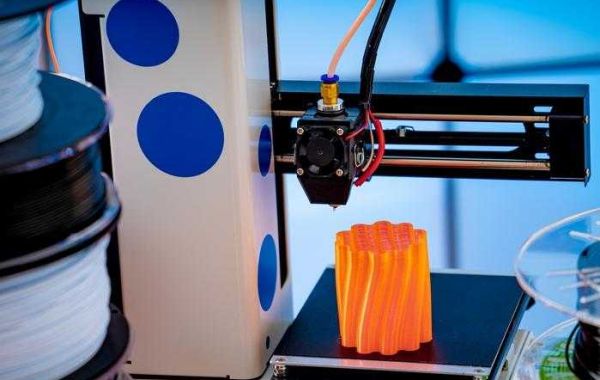The right material in 3D printing depends on the specific requirements of your project. Some factors to consider include the strength, durability, flexibility, heat resistance, and cost of the material.
Here are some of the most common materials used in 3D printing:
- Plastic: Plastic is the most common material used in 3D printing. It is relatively inexpensive and easy to work with. However, plastic is not as strong as some other materials, and it can be difficult to get high-quality prints with plastic.
- ABS: ABS is a strong and durable plastic that is often used for functional prints. It is also relatively easy to work with, and it can be used to create a variety of different objects.
- PLA: PLA is a bioplastic that is made from cornstarch or sugarcane. It is a good choice for food-safe prints, and it is also relatively easy to work with. However, PLA is not as strong as ABS, and it can be difficult to get high-quality prints with PLA.
- Resin: Resin is a liquid material that is used for 3D printing. It is a good choice for creating high-detail prints, and it can be used to create objects that are transparent or translucent. However, resin is more expensive than plastic, and it can be difficult to work with.
- Metal: Metal can also be used for 3D printing. Metal prints are very strong and durable, but they are also more expensive than plastic or resin prints.
When choosing the right material for your 3D printing project, consider the following factors:
- Intended Use: Determine whether the printed object is for functional or decorative purposes. Functional parts often require materials with specific mechanical properties, such as strength, flexibility, or heat resistance.
- Printing Technology: Some materials are specific to certain 3D printing technologies. For example, Fused Deposition Modeling (FDM) printers are more compatible with PLA, ABS, and other thermoplastics, while Resin 3D printers work with liquid photopolymer resins.
- Mechanical Properties: Consider the mechanical properties needed for the project, such as tensile strength, flexibility, and impact resistance.
- Environmental Impact: If sustainability is a concern, look for materials derived from renewable resources or those that are biodegradable.
- Printing Conditions:Different materials may require specific printing conditions, such as nozzle temperature, heated bed, and cooling fan settings.
- Post-Processing: Some materials may require additional post-processing steps, such as sanding, painting, or chemical treatments.
- Cost: Material costs can vary significantly, so consider your budget when selecting a material.
Ultimately, the right material for 3D printing depends on the specific requirements of your project, the desired properties of the printed object, and the capabilities of your 3D printer. It's often beneficial to experiment with different materials to find the one that best suits your needs.







